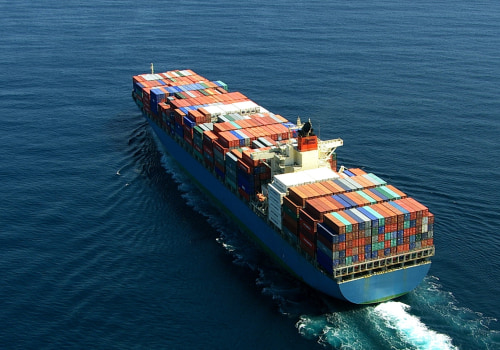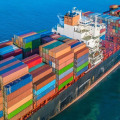When it comes to logistics, understanding delivery times for your Less-than-Container Load (LCL) shipments can be a daunting task. With so many variables at play, it can be difficult to accurately predict when your shipment will arrive. In this article, we'll explore the factors that affect delivery times for LCL shipments, so you can have a better understanding of when your freight will arrive. We'll look at the different elements of LCL shipping, such as the origin and destination, the mode of transport, and any additional services that may be needed. We'll also discuss how technology can help you manage your LCL shipment and improve its delivery time. The delivery time for an LCL shipment depends on a variety of factors.
Here are some of the main elements that should be taken into account:- The origin and destination of the shipment: The distance between the origin and destination points plays a major role in determining the length of time it will take for a shipment to reach its destination.- The mode of transport: The type of transport used for an LCL shipment can significantly influence delivery times. Air freight is usually faster than shipping by sea, but it is often more expensive.- Customs clearance: Delays in customs clearance can have a major impact on delivery times, especially if you are shipping to a destination with complex customs regulations.- Seasonal factors: High demand during certain times of the year can lead to longer wait times for LCL shipments.- Service level: Different carriers offer different levels of service – from basic to premium – which will affect the overall delivery time. To get an accurate estimate of when your shipment will arrive, it’s best to consult with your freight forwarder or carrier. They will be able to provide you with a more precise timeline based on these factors, as well as any additional information that may be relevant. For example, if you are shipping goods from China to the United States, your freight forwarder will be able to provide an estimated transit time based on your chosen mode of transport and service level.
If there is a delay in customs clearance, they will be able to provide updates throughout the process. You can also use online tools and trackers to monitor the progress of your shipment. Many carriers offer tracking services that allow you to see where your goods are at any given time, so you can get a better idea of when they will arrive. It’s important to remember that delivery times for LCL shipments can vary depending on the circumstances, so it’s best to have realistic expectations when placing an order.
Factors Influencing Delivery Times
When sending goods by air or sea, delivery times are an important factor to consider. In the case of Less than Container Load (LCL) shipping, understanding the delivery time is crucial to making sure your logistics are handled in a timely manner. In this section, we'll explore the various factors that can affect the delivery time for an LCL shipment. The origin and destination points of an LCL shipment can have a significant impact on delivery time.Generally speaking, if the two points are relatively close to each other, it will take less time for the shipment to arrive. Conversely, if the two points are far apart, it will take longer. The mode of transport is another factor that affects delivery times. Air freight is typically much faster than sea freight, so if you need your goods to arrive quickly, it's important to choose the right transport mode. Customs clearance is another factor that can affect delivery times. Depending on the regulations and paperwork required for each shipment, customs clearance can take anywhere from a few days to several weeks. Seasonal factors can also influence delivery times.
For example, during peak shipping periods such as Christmas and Chinese New Year, it can take longer for goods to arrive due to an increase in demand. It's important to plan ahead and factor in any potential delays when estimating delivery times. Finally, the service level you choose can also affect delivery times. Premium services such as express shipping typically cost more but offer faster delivery times. LCL shipments offer a reliable and cost-effective way to move goods across long distances. Being aware of the various factors that influence delivery times is essential for ensuring that your goods arrive on time.
Consulting with your freight forwarder or carrier and using online tracking tools are key to staying up-to-date with the progress of your shipment. By understanding delivery times for LCL shipments, you can more effectively plan your logistics and ensure timely delivery of your goods.







